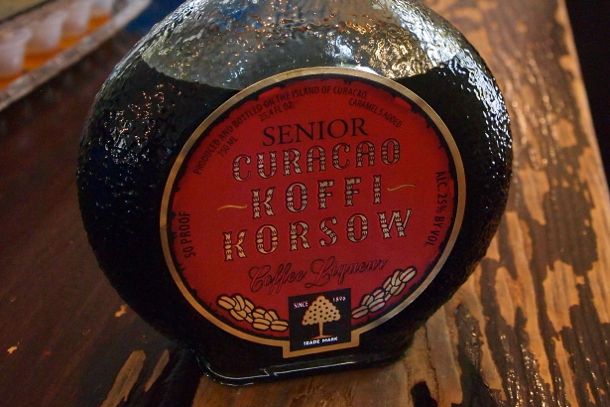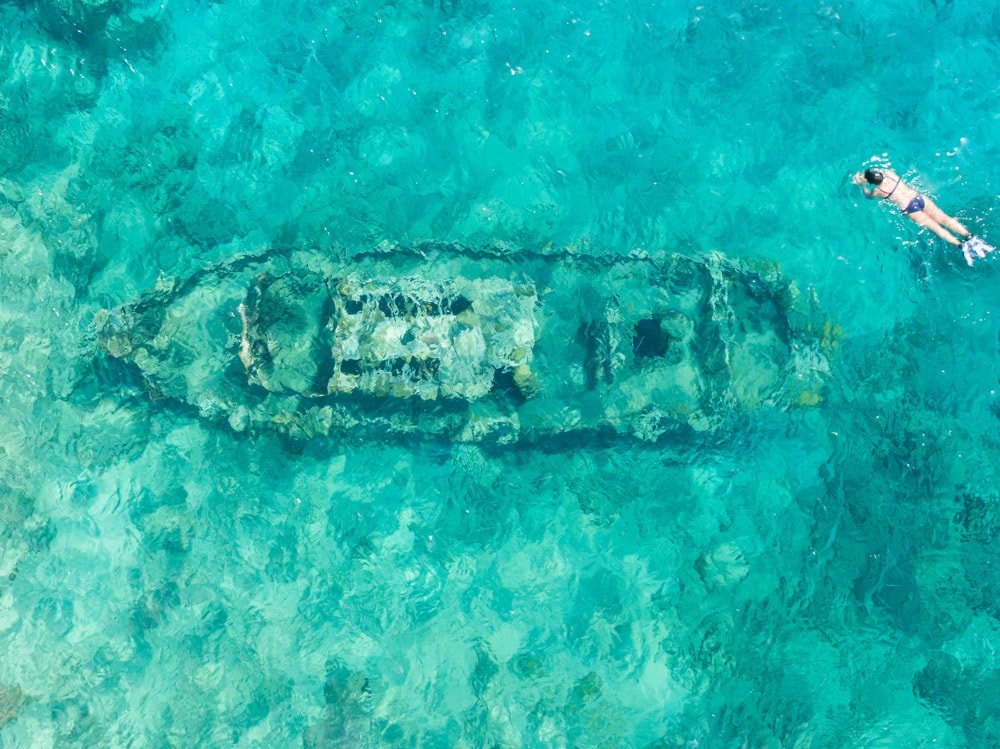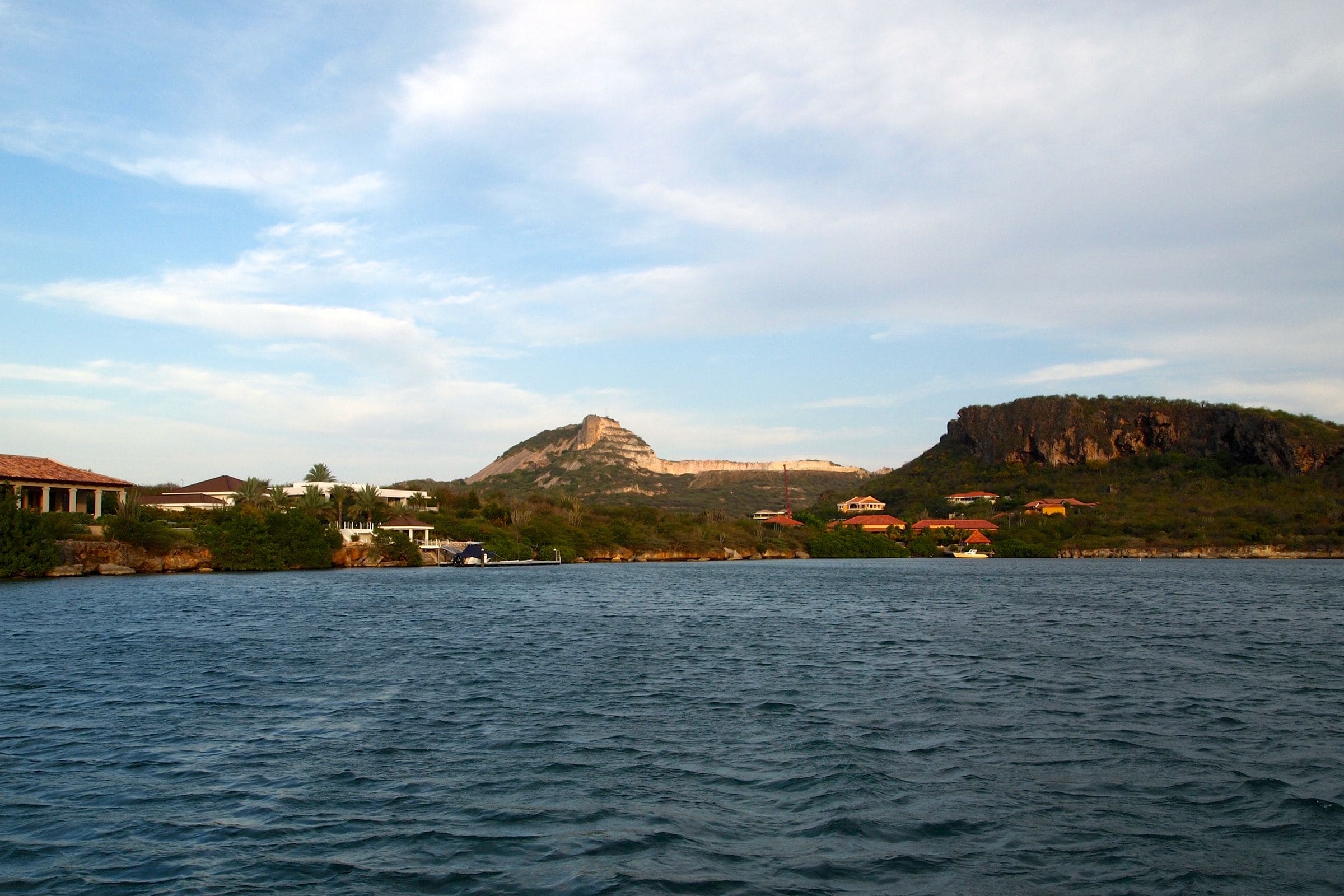Chobolobo Mansion: Discover the Secrets of REAL Curacao Liqueur
There are lots of great museums and historical attractions in Curacao. None, however, harbor near as many secrets nor as many tasty goodies as this place. You’re looking at the famed Chobolobo Mansion on the grounds of the even more famed Curacao of Curacao Liqueur Factory in the capital city of Willemstad. This is the Mecca for one of the most unlikely and longest-running success stories in the annals of Caribbean alcohol.
Just don’t go there expecting to hear the whole story…
Secrets and spirits have always gone hand-in-hand, of course. At Chobolobo, though, the finer points of what makes Curacao of Curacao Liqueur special are guarded like few other places I’ve ever been. Let’s start with what we know…
History of Curacao of Curacao Liqueur
The roots of Curacao of Curacao Liqueur extend all the way back to Curacao’s colonial period. It was then that the Senior Family discovered how to make an amazing liqueur out of the sun-dried peel of the previously useless Laraha fruit. The same Laraha fruit that only grows on Curacao.
We have the Spanish to thank for Laraha. Early settlers from Spain were intent on making a go of farming in Curacao during the 1500s. To that end, they brought Valencia oranges to the island.
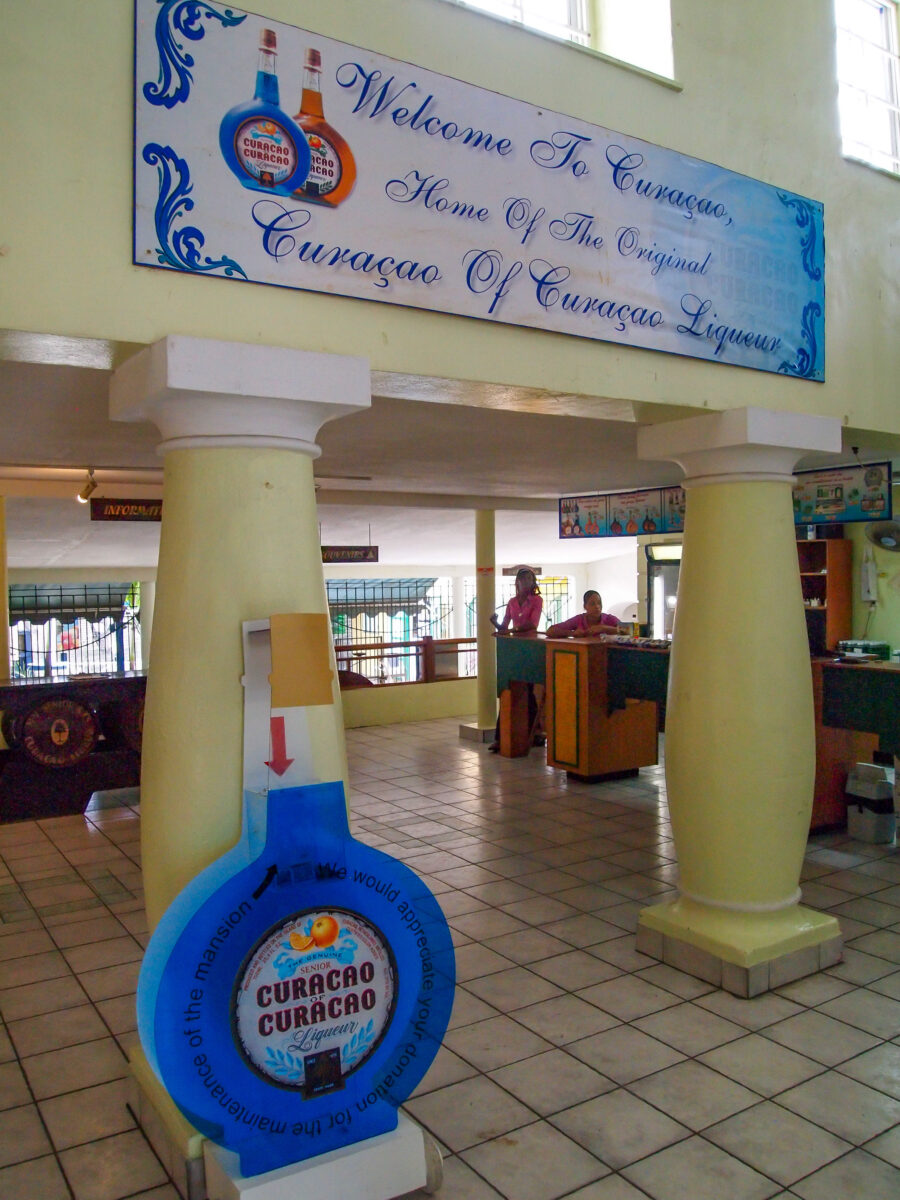
Though sweet and tasty in Spain, the fruit didn’t take well to Curacao’s sandy soil and arid climate. The resulting Laraha oranges were bitter and essentially inedible. These useless fruits grew essentially unchecked and unloved for decades before the Senior’s made their discovery.
In 1896, Edgar Senior, using the same genuine Curacao of Curacao Liqueur recipe developed by his ancestors, founded Senior & Co. This marked the first time that the Senior family liqueur was shared with the world. The company hasn’t slowed down since, producing Curacao of Curacao Liqueur today using the same centuries-old Senior family recipe.
Visiting Chobolobo Mansion
You can trace the finer points of all this history at Chobolobo. The former mansion, now a museum, features many rare artifacts formerly used in Laraha cultivation. This includes a wooden knife used to peel the fruit that’s still used today!
Ancient equipment used to make the liqueur, old ads, photos, bottles and more are also on-display. There’s even a dated, yet informative video, and tour guides to fill in the blanks.
For instance, did you know that the true color of Curacao of Curacao Liqueur is clear? The iconic blue color (and all the other Curacao of Curacao colors) are achieved using good old-fashioned food coloring imported from the USA. That’s why no matter what color of Curacao of Curacao Liqueur you try, they all taste the same. Why the different colors? As our tour guide said:
It’s just for the attraction of the eyes.
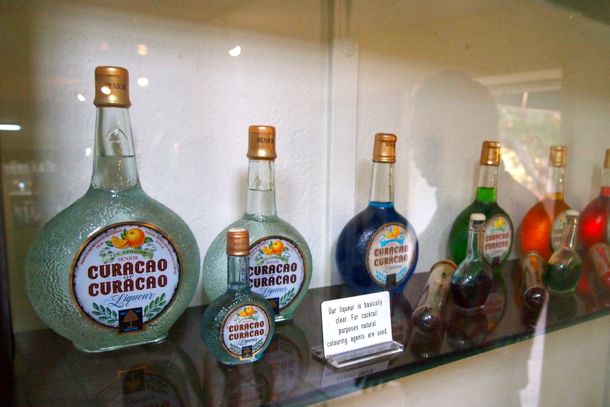
Senior & Co. also makes coffee, chocolate and rum raisin flavors. The extract used to make each of those is imported as well.
How about that old wooden knife? Why do they still use it to peel the Laraha fruit?
Because, they say that with another kind of knife, the taste will change.
Wondering where the alcohol in Curacao of Curacao Liqueur comes from? It certainly doesn’t come from Curacao as they didn’t make any there back when the Senior’s were experimenting with Laraha. No, the answer is the Netherlands.
Curacao of Curacao Liqueur Secrets
The biggest secret, though, pertains to three special ingredients that also go into making Curacao of Curacao Liqueur. Three ingredients that no one was willing to discuss during my visit.
All I could gather is that the mystery ingredients are spices and herbs imported from Germany. Senior & Co. combines ’em with the Laraha peels after they’ve dried in the sun for seven days. The mix is then placed in special jute bags. The bags act as a sort of jumbo tea bag, allowing the peel and German secrets to steep in the alcohol from the Netherlands for nine days. Following three more days of mixing with more alcohol, water, and sugar, the liqueur is ready for coloring and/or extracts and bottling.
Editor’s note: some of the process just described varies from the information you’ll find at the Curacao of Curacao website. We, however, are going with what we saw and were told first-hand during our visit to Chobolobo in April 2012.
Germany, the Netherlands, Curacao, and the USA never combined so nicely as they do in this very special liqueur!
There’s Only One REAL Curacao of Curacao Liqueur
When you go looking for it at your local liquor store, make sure you see the “Senior” name on the label and the “Curacao of Curacao” brand. Anything else claiming to be a Curacao liqueur uses artificial orange flavoring. The stuff produced and bottled at Chobolobo, though, is the only original Curacao of Curacao Liqueur made with the unique Laraha fruit.
As my Dad likes to say, “Accept no substitutes!”
Whether or not you find the original Curacao of Curacao Liqueur near you, definitely consider paying Chobolobo Mansion a visit to get up close and personal with the remarkable history of this unlikely liqueur. They’re open on weekdays from 8:00am to noon, and 1:00pm to 5:00pm.
For more info, check out the Curacao of Curacao website, where you’ll also find a few tasty cocktail recipes…
Cheers!

